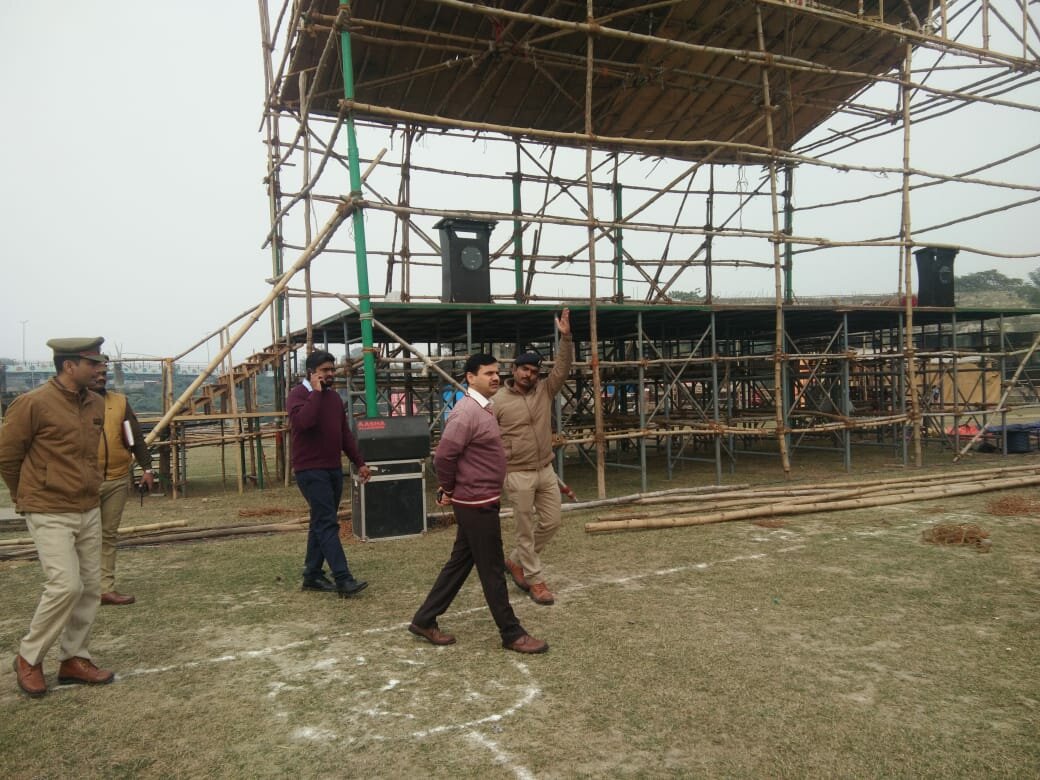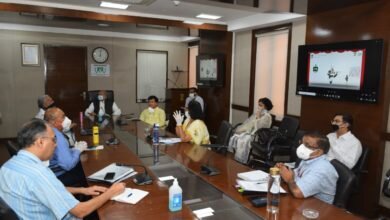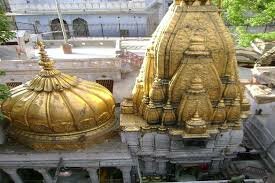Would Sagar Mitras bring Hilsa back to UP?

Varanasi: Though the Finance Minister Nirmala Sitharaman proposed strengthening of ‘Blue Economy’ to raise fish production in the country, a doubt still persists over the return of Hilsa fish or Ilish to the waters of Ganga.

The Finance Minister, in her Budget speech proposed to put in place a framework for development, management and conservation of marine fishery resources and promotion of algae, sea weed and cage culture that will assist in raising fish production to 200 lakh tonnes by 2022-23. “Our government will involve youth in fishery extension through 3477 sagar mitras and 500 fish farmer producer organizations. We hope to raise fishery export to rupees 1 lakh crore by 2024-25”, she said.
Would these measures bring Hilsa back to UP platter? “Hilsa machhali nahi ane se humlogon ke rojgar par bahut asar pada. Uma Bharati ne kaha tha ki Farakka Barrage par hilsa machhali ke liye rasta banbayenge, lekin kuchh nahi hua” (A check on the arrival on Hilsa fish adversely affected our living. Once Uma Bharati had said that a path would be made in Farakka barrage for passing the hilsa fish, but nothing has been done” said Laxman Prasad Manjhi, a fisherman in Varanasi. In the past the hilsa fish used to swim up to Delhi, but its movement was stopped after the construction of Farakka barrage, he added.

The then union water resources minister Uma Bharati’s announcement in Lok Sabha in 2016 for installing fish ladder near Farakka Barrage in West Bengal to enable the Hilsa to ascend the dam and migrate upstream is yet to take a shape. After her announcement the Central Inland Fisheries Research Institute (CIFRI), Barrackpore, Kolkata conducted an exploratory survey on Hilsa catch and life stages availability along up / downstream of Farakka Barrage during March to June 2017 and submitted its final report to the National Mission for Clean Ganga (NMCG) Ministry of Water Resources, River Development & Ganga Rejuvenation Government of India in July 2017.
In its report, the CIFRI made some recommendations for achieving sustainable hilsa fishery in the river Ganga. It recommended that two fish locks provided in the Farakka Barrage should be operated regularly during monsoon months for upstream migration of the species to rejuvenate hilsa fishery in the upstream of Ganga river. A bypass channel should be created between the feeder canal and upstream of the Ganga river in the western side of the existing navigational channel to facilitate natural upstream migration of hilsa from the Hooghly-Bhagirathi river. At present, upstream migration of Hooghly hilsa is restricted up to feeder canal lock gate.
It also recommended that in order to enhance the natural hilsa population in the river, breeding and ranching programme should be initiated. Although some success in the artificial fecundation of hilsa has been achieved, more attention should be paid to culture this species in confined waters. It is imperative to resort hilsa farming in confined waters for the conservation of this valuable species. A long-term study (two to four years) on hilsa migration, reproductive behaviour, and stock characterization should be initiated to generate current hilsa information under the climate change and various anthropogenic pressures in the river Ganga.
Before the construction of Farakka barrage in 1975, hilsa travelled hundreds of kilometers inland to breed. The construction of Farakka barrage stopped their migration causing acute scarcity of this fish in local markets. The Dashashwamedh fish market, which one known for selling Hilsa abundantly, today can manage limited quantity of this fish, that too on demand of customers. According to fish sellers, most people can’t afford the luxury of hilsa that costs Rs. 1000 to 1800 a kg.





